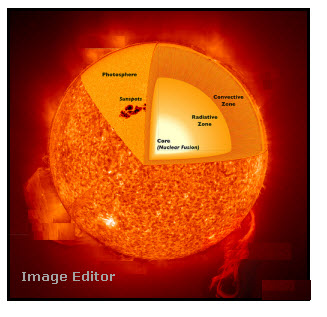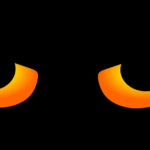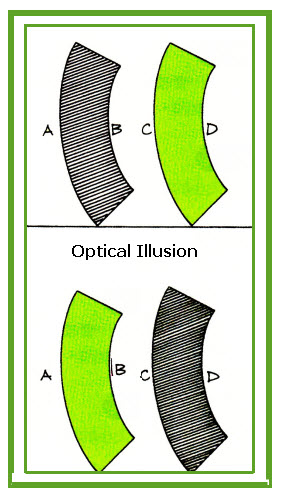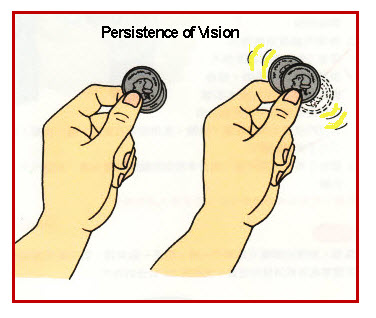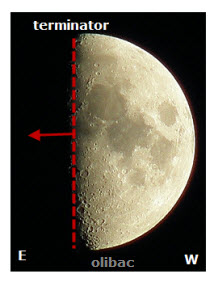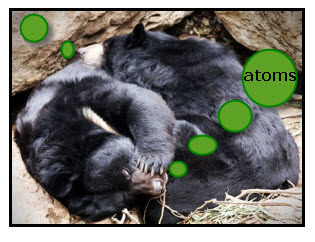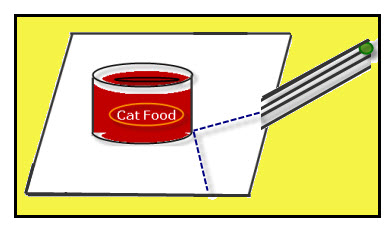In searching for information about the history of ATOMS, I found several good timelines. First is a list of names and their contributions to the Atomic Theory. Timeline for Atomic History Second is an interactive list of contributors with more information about each person and what they contributed. Atomic Theory Timeline
Archives for 2010
Snow Globes
I love snow globes. Have you ever wondered what makes the glittery stuff inside the globe drift down slowly? It really does look like falling snow? 1.One factor is the viscosity (thickness) of the liquid. Viscosity is a fancy scientific name for describing the resistance of a fluid (gas or liquid) to flow. It could […]
Cosmic Rays
Question: What are cosmic rays? Answer: Cosmic rays sound like something from a science fiction movie. They are a type of radiation that originates in outer space, but are not rays. Instead, a more correct name would be “cosmic particles.” Sometimes common names continue to be used even though they are incorrect. Cosmic rays can […]
Night Vision
Question: Why can nocturnal animals, such as owls and cats, have better night vision than daytime hunters? Answer: Animals that hunt at night have more rods in their eyes than do other animals, including you. So what are rods? The retina is the back innermost part of the eye of animals. In the retina are […]
Vision: Optical Illusion
I love optical illusions. For example, the two curved pieces of paper in the diagram are exactly the same size. I know that because I cut them with the same pattern. I find it fascinating that my brain seems to have a “mind of its own.” What I know and what I see are different. […]
Persistance of Vision: Coins
Question: What is persistence of vision? Answer: The retention of an image on the retina after the object has moved. Discover for Yourself: 1. Hold two identical coins together between your thumb and index finger. (One coin on top of the other.) 2. Quickly rub the coins against each other so that they slide back […]
Direction of the Moon’s Terminator
Question: How can one identify a waxing Moon from a waning Moon? Answer: The Moon’s terminator is an imaginary line dividing the lit and unlit parts of the Moon disk seen from Earth. A waxing Moon is growing. This means its lighted part is increasing. A waning Moon is shrinking. This means its lighted part […]
Atomic Theory
I like reading about the history of science. Some of the ideas of scientist of the past seems so silly. How could such smart people have such dumb ideas? But, then I wonder if the scientific facts we are learning today will seem silly to people in the future. Maybe! But for now let’s have […]
Atomic Model
The best part about writing on a blog/website is the interaction with other educators. For example, I recently posted an investigation about rolling a marble toward an object and observing the path of the marble before and after it hit the object. The investigation models how scientists discovered the parts of an atom without being […]
Atomic Models
I am a visual learner and often make models so that I can understand a concept. Since I seem to be challenged when it comes to spacial orientation, I need models for things that are three dimensional. For example, atoms and their parts and especially how scientists find out about the parts of atoms without […]
- « Previous Page
- 1
- …
- 45
- 46
- 47
- 48
- 49
- …
- 54
- Next Page »

